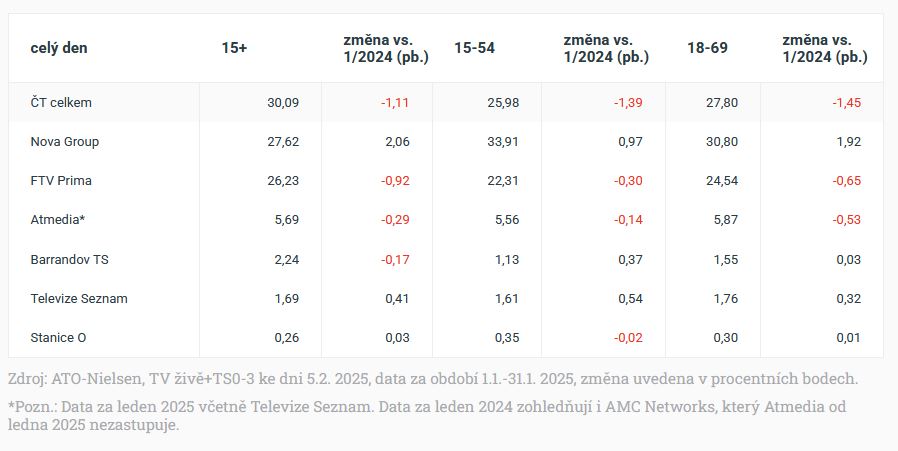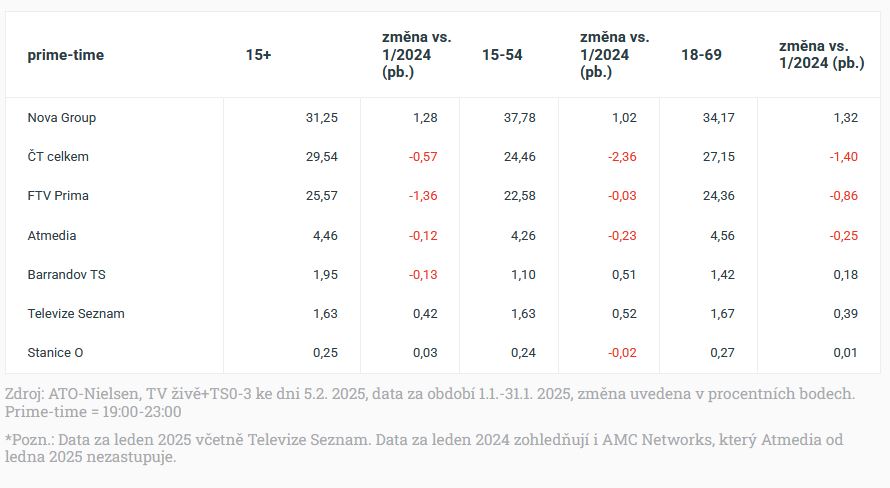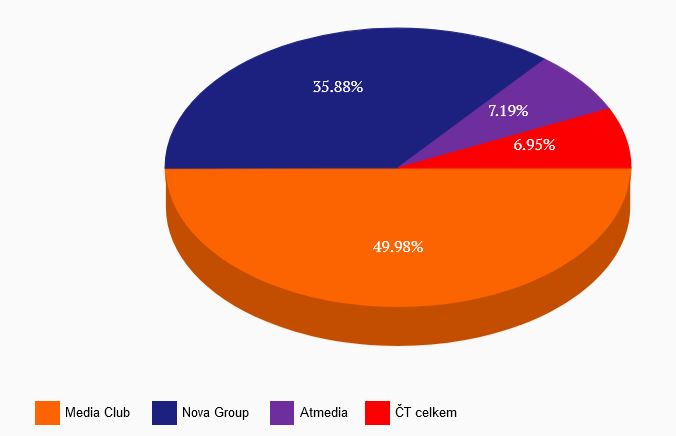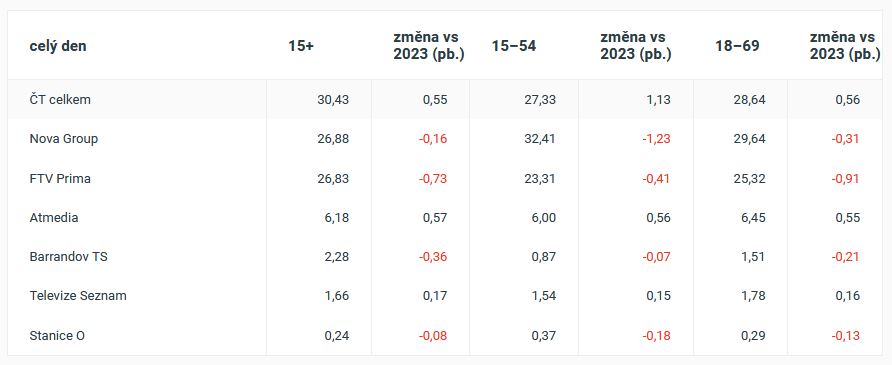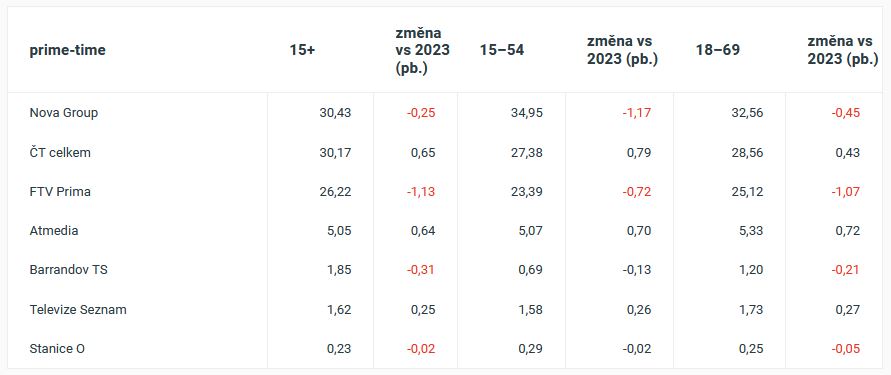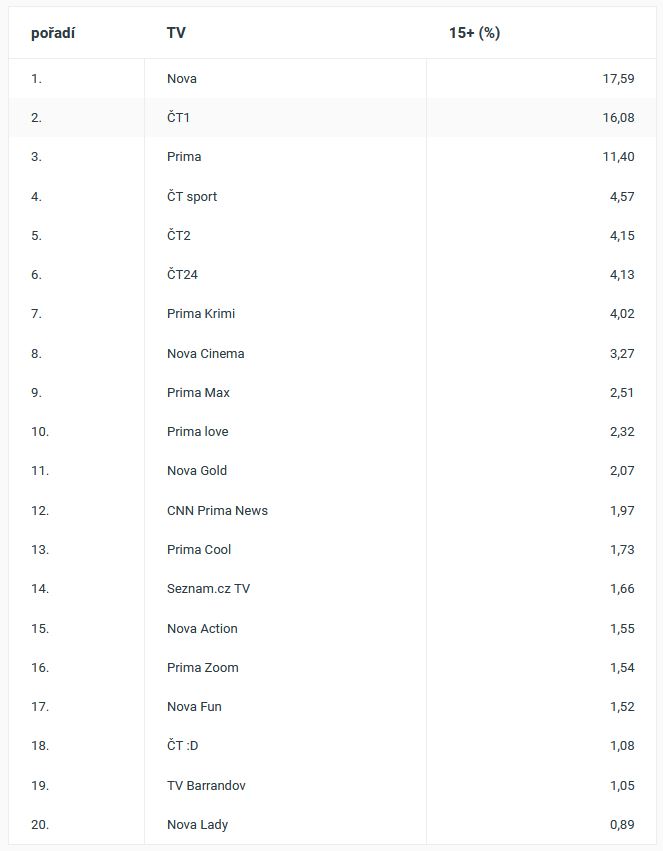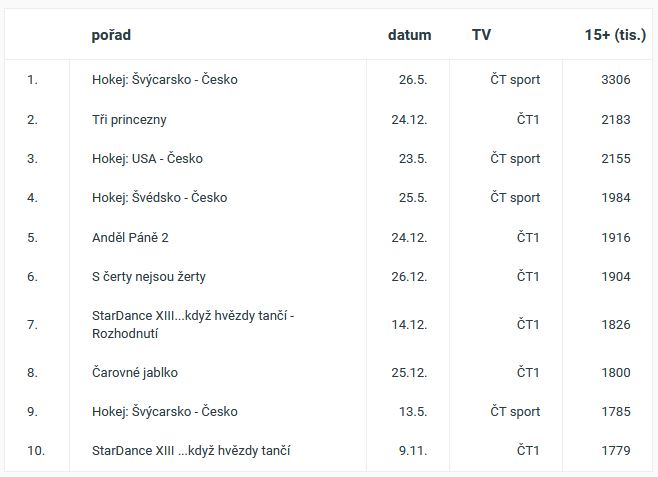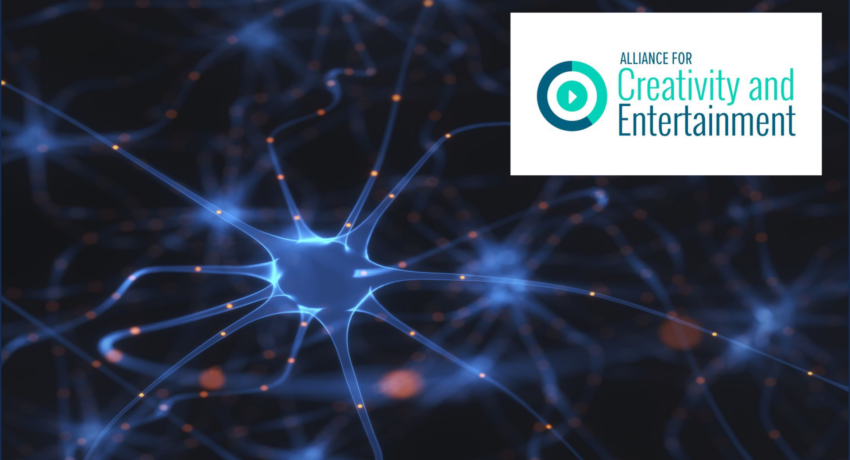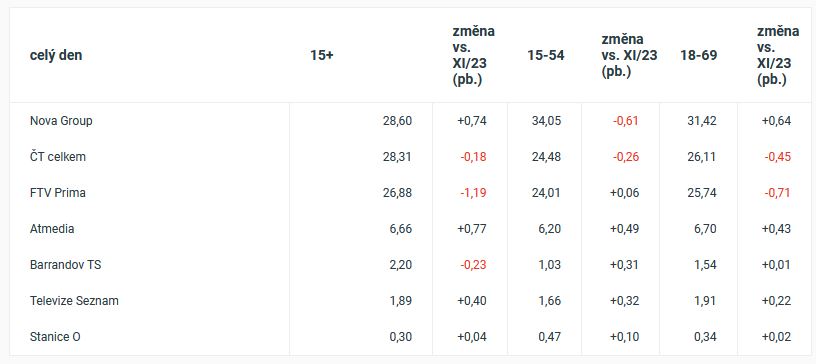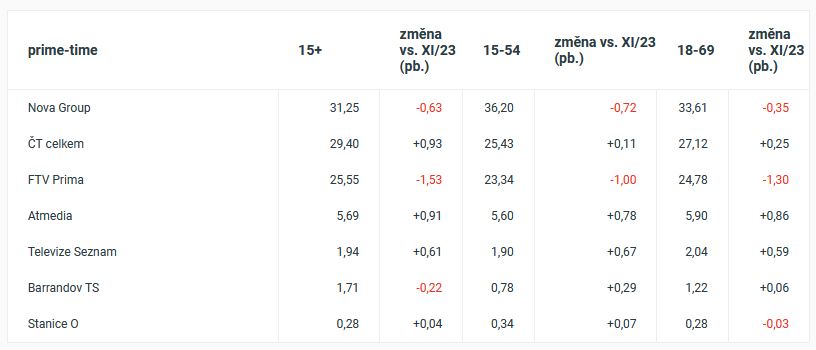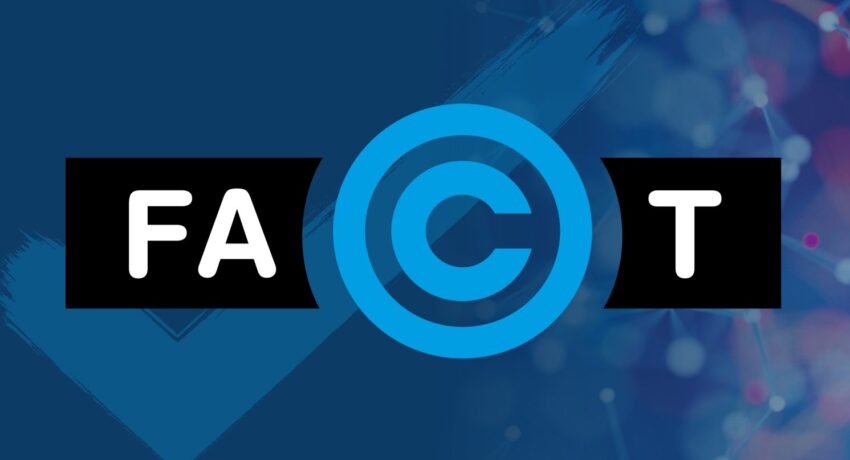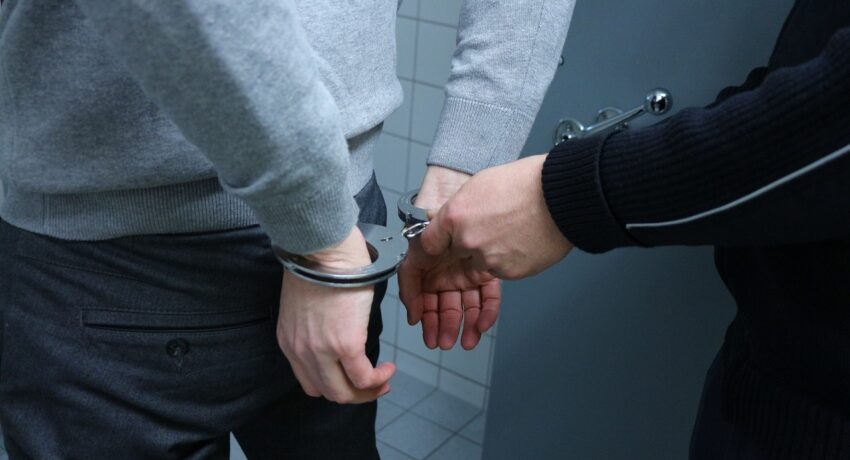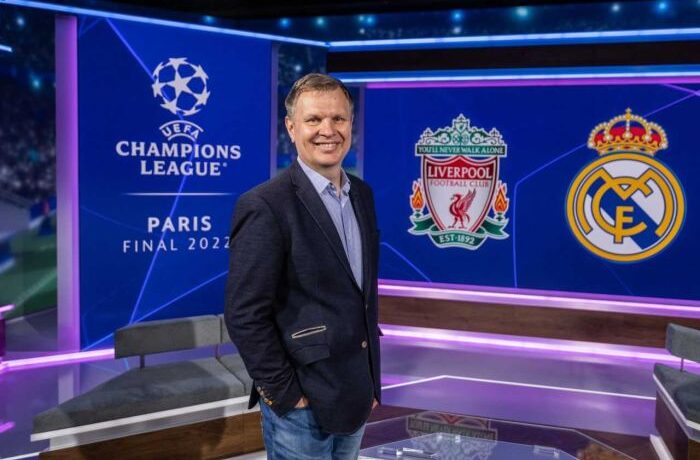Technical director of the media group Nova Josef Uher talks in the second part of an interview with MediaGuru.cz about trends in the development of television broadcasting and unfulfilled expectations with Ultra HD.
To remain relevant to their viewers, broadcasters must constantly innovate. Nova has to be doubly vigilant in this area given that it operates pay channels under the Nova Sport banner alongside its free-to-air channels. Is there any other direction you have planned in terms of innovation?
At the moment we have 24 channels, including Markiza, of which six are sports channels. De facto, we can say that there are actually nine sports channels, because we also broadcast three of them in Slovak version. There are different commercials, different graphics and from a technical point of view it is a different playlist. Without automatic delivery we would not be able to function. Next year we plan to deploy asset management on Markiza as well. So it will be a new technology that will be used internally, which probably won’t be seen by viewers, but will be very useful for us.
As far as signal distribution is concerned, do you foresee any change there in the near future? When you have transmission backpacks, are there still classic SNG vans needed?
We still have SNG vans and use them because they still have their uses, whether for long sporting events or for places where there are a lot of people and mobile networks might be unreliable . But to build 14 SNG cars so that we have one in every city, of course we can’t. We can have a backpack in every regional city and we can have a journalist who is in Brussels or anywhere else. We have a dedicated independent internet line to receive SRT streams because, for example, the NHL started this year primarily over SRT, over the public internet, and satellite is just a backup. But of course the content is protected and it’s not like anyone can catch it. ,. And we have a direct data line to the government office and to parliament, for example.
Czech Radiokomunikace had a press conference on 5G Broadcast at the end of October. Is this technology of any interest to you on the production side, or is it really purely a distribution channel and nothing is changing on the production side?
So far, I would say that nothing is changing on the production side, but in the future it could help, for example, when there is just a problem with data connectivity, in terms of signal distribution. So in the context of 5G Broadcast we could use the backhaul channel because it has significantly lower latency than standard streaming.
Isn’t 5G Broadcast a dead end like DVB-H (TV to mobile, ed.) proved to be about fifteen years ago? Does the technology have a future?
It will depend a lot on how handset manufacturers grasp it, whether it becomes widespread or not. It is not about the technology itself, but about what will catch on with people. We have several cases in history where, for example, a slightly inferior technology has taken off and the better one has ended.
In the last two years in particular, we have seen IPTV and Internet TV steadily gaining ground in the broadcast technology market, while satellite is heading in virtually the opposite direction. You are practically everywhere – in terrestrial broadcasting, in satellite, in cable, in Internet and IP TV. In your opinion, is this distribution mix going to change in any way?
IPTV will increasingly enter the whole mix because it brings other services, and probably satellite and maybe a little bit of that terrestrial will fall further. In the Czech Republic, however, terrestrial broadcasting is very popular and will remain so I would expect a decline in this case really only in the order of one percent, nothing significant. Satellite has a huge disadvantage in that you have to have a big dish outside your window or on your balcony, and so the significantly higher added value as before, i.e. a significantly larger number of channels, is no longer there.
There used to be four channels on terrestrial and on satellite you could catch over a hundred and it made a difference. But today the situation is different, so satellite will still decline a bit and will continue to maintain its position primarily in those areas where there is not good terrestrialization and perhaps weaker internet. In those areas it will have its meaning, but in the city it loses its meaning when, for example, in Prague you put an aerial outside your window, or any rod, and you catch 60 channels. But satellite retains its importance as a source of signal reception for small cable operators.
When do you think conventional terrestrial television will make sense?
That’s a good question. I think it will survive to the horizon I see. That is, beyond 2030. I don’t want to speculate what will happen in 2040. When you look back at what we knew in 2015 and we were wondering what we were going to be doing in 2020, of course we didn’t know. The same is the case here. It’s clear that the very youngest grades don’t watch linear TV anymore. The question is what will happen when they have children themselves, if perhaps they do not start. We have a terrestrial licence until 2037, so we trust terrestrial broadcasting. We have plenty of time to watch the trends and see how it continues to develop.
A technology that has been expected a lot in recent years, and in the end has virtually not caught on in linear broadcasting, is the Ultra HD format. Instead, it is headed to online video services like Disney+, Prime Video and others. Why was everyone so excited about this technology a few years back, and in the end those expectations were not met at all? What happened?
Simply a lack of a business model, and I’ll add one more thing to that. The whole transition is very technology intensive. The transition to 4K is not as easy as the transition between SD and HD was. It is not just the 4K format itself, but also HDR (high dynamic range, ed.), for example. So the whole thing is at least ten times more demanding in terms of bitrate, all the capacity, archives and everything. And for 4K to be applied in linear broadcasting, the business model is not there yet. However, technically, we can already handle 4K production and we already archive the shows that are produced in 4K and we will be able to use them when we need to.
When it comes…
I think it will come, it will just be linked to the transition that we are preparing for. Gradually we want to flip production to 1080p, and then of course the road to 4K will be easy, because the transition from 1080p to 4K is similar to the transition from SD to HD , and that’s a thing we’ve already learned.
From my point of view, I can say that I have a 4K OLED TV at home that is 65 inches, and it has such a good conversion from HD to 4K that, even if I’m just watching a YouTube video, for example, I often wonder what format it’s actually in.
The TV manufacturers are a little bit ahead of us. The line would have to have ten times the capacity for Ultra HD. That would be a problem not only in terrestrial broadcasting, but also in IPTV, for example. The processor that the TV has will largely do it for you. And incremental steps are already happening. We’ve already upgraded the playout so we’re able to play 1080p resolution.
So the step you’re currently taking will only be of interest to pay-TV operators, because in terrestrial you’re only in standard definition.</strong
So the business model is set up and it works. And the 1080p format is better for linear broadcasting on the internet.
You mentioned that you already have some higher resolution 4K material available. Are you going to be playing around with HDR or Dolby Vision formats in some way, for example, or is that not an issue for you at all at the moment?
In terms of Dolby Atmos or Dolby Vision, that’s not really defined for broadcast television yet. Internally, we operate in Dolby E format. In the future it might be interesting for Voyo, but certainly not in linear broadcasting. In linear broadcasting, we broadcast above standard especially football, formula and other sports, which we only broadcast in Dolby Digital. You can make a lot out of the Dolby E format, because if you have a show produced in Dolby E, it has the advantage that it can be decoded and re-encoded. Even the football replays that we do, we repeat and broadcast in Dolby Digital.
Source: mediaguru.cz
